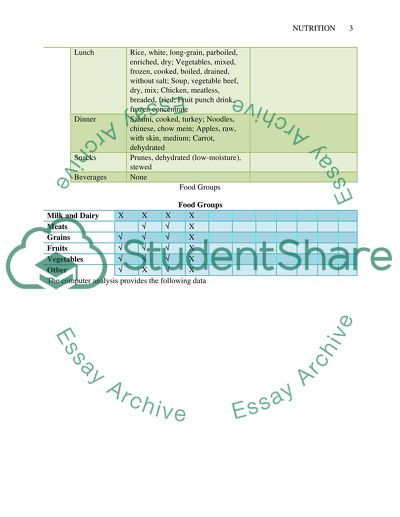Cite this document
(Nutritional Therapy: Identifying Eating Habits and Malnutrition Assignment, n.d.)
Nutritional Therapy: Identifying Eating Habits and Malnutrition Assignment. Retrieved from https://studentshare.org/health-sciences-medicine/1530896-nutritional-therapy
Nutritional Therapy: Identifying Eating Habits and Malnutrition Assignment. Retrieved from https://studentshare.org/health-sciences-medicine/1530896-nutritional-therapy
(Nutritional Therapy: Identifying Eating Habits and Malnutrition Assignment)
Nutritional Therapy: Identifying Eating Habits and Malnutrition Assignment. https://studentshare.org/health-sciences-medicine/1530896-nutritional-therapy.
Nutritional Therapy: Identifying Eating Habits and Malnutrition Assignment. https://studentshare.org/health-sciences-medicine/1530896-nutritional-therapy.
“Nutritional Therapy: Identifying Eating Habits and Malnutrition Assignment”, n.d. https://studentshare.org/health-sciences-medicine/1530896-nutritional-therapy.


